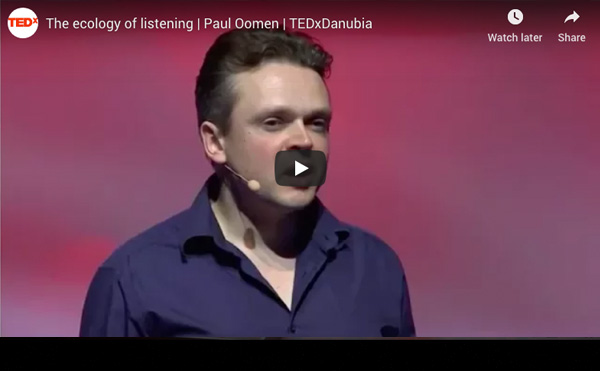During September 2016, Prof. Slobodan Dan Paich was artist-in-residence at Art Quarter Budapest and started a collaboration with the Spatial Sound Institute and its Head of Development Paul Oomen. The project was a seed for developing Archeoacoustic experiments and reconstruction of ancient intended sanctuary soundscapes.
Archeoacoustics is a new emerging field that examines intentional sound design elements in ancient sacred buildings and outdoor spaces. It explores instances where sound design and architectural space are inseparable and looks at sacred spaces as repositories and instruments of acoustic experiences.
![]()
Oomen and Paich started off with developing an acoustical model in 4DSOUND based on the prehistoric caves of Pech Merle in South-France. The idea to reconstruct the specific sounds of Pech Merle was inspired by the groundbreaking work of Iégor Reznikoff. The caves acoustical properties were approximated by placing twenty points in clusters spread over a virtual distance of 130 meters long. These points represent the strongest resonances as found by Reznikoff during his exploration of the natural caves.
Then, Oomen and Paich set out to discover the cave with their voices. Over the course of several days they spent time getting to know the space by singing into it and listening to the particular reflections and resonances that the space responded. And, the cave came to embody an evolving dialogue developing between the two men, opening up the potential for human encounter and shared experience by sonically exploring space.
![]()
![]()
![]()
Archeoacoustics is a new emerging field that examines intentional sound design elements in ancient sacred buildings and outdoor spaces. It explores instances where sound design and architectural space are inseparable and looks at sacred spaces as repositories and instruments of acoustic experiences.

Oomen and Paich started off with developing an acoustical model in 4DSOUND based on the prehistoric caves of Pech Merle in South-France. The idea to reconstruct the specific sounds of Pech Merle was inspired by the groundbreaking work of Iégor Reznikoff. The caves acoustical properties were approximated by placing twenty points in clusters spread over a virtual distance of 130 meters long. These points represent the strongest resonances as found by Reznikoff during his exploration of the natural caves.
Then, Oomen and Paich set out to discover the cave with their voices. Over the course of several days they spent time getting to know the space by singing into it and listening to the particular reflections and resonances that the space responded. And, the cave came to embody an evolving dialogue developing between the two men, opening up the potential for human encounter and shared experience by sonically exploring space.
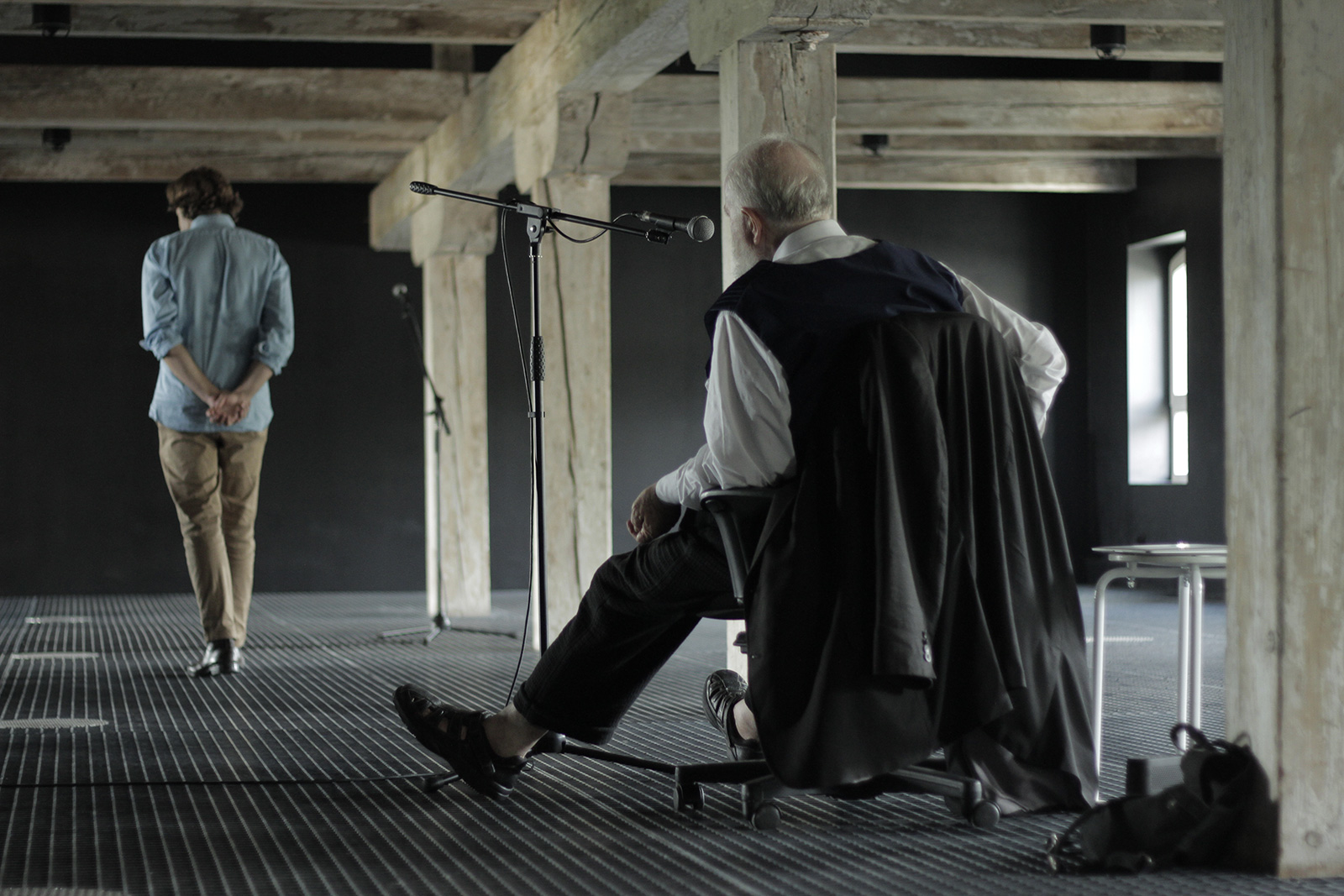
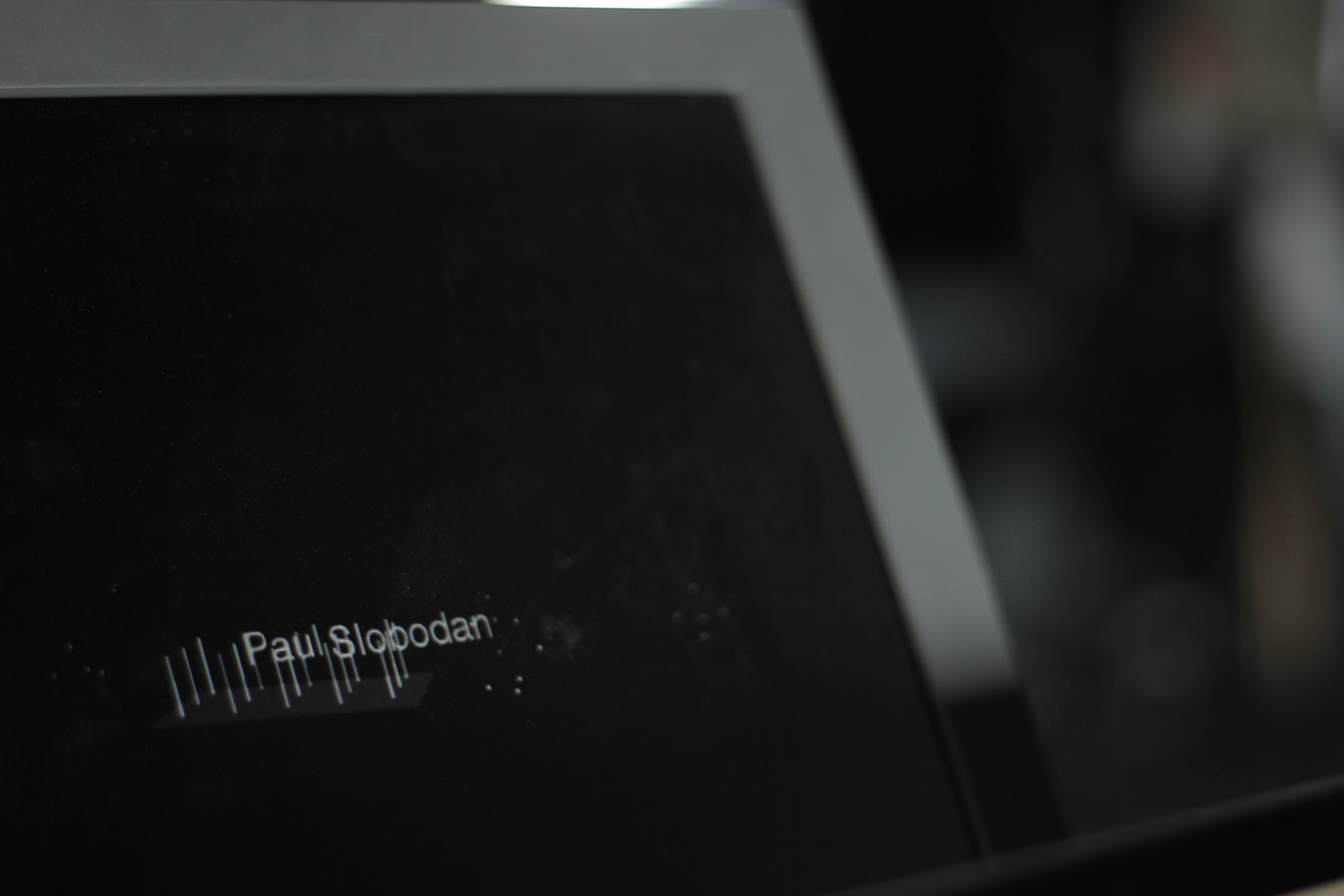
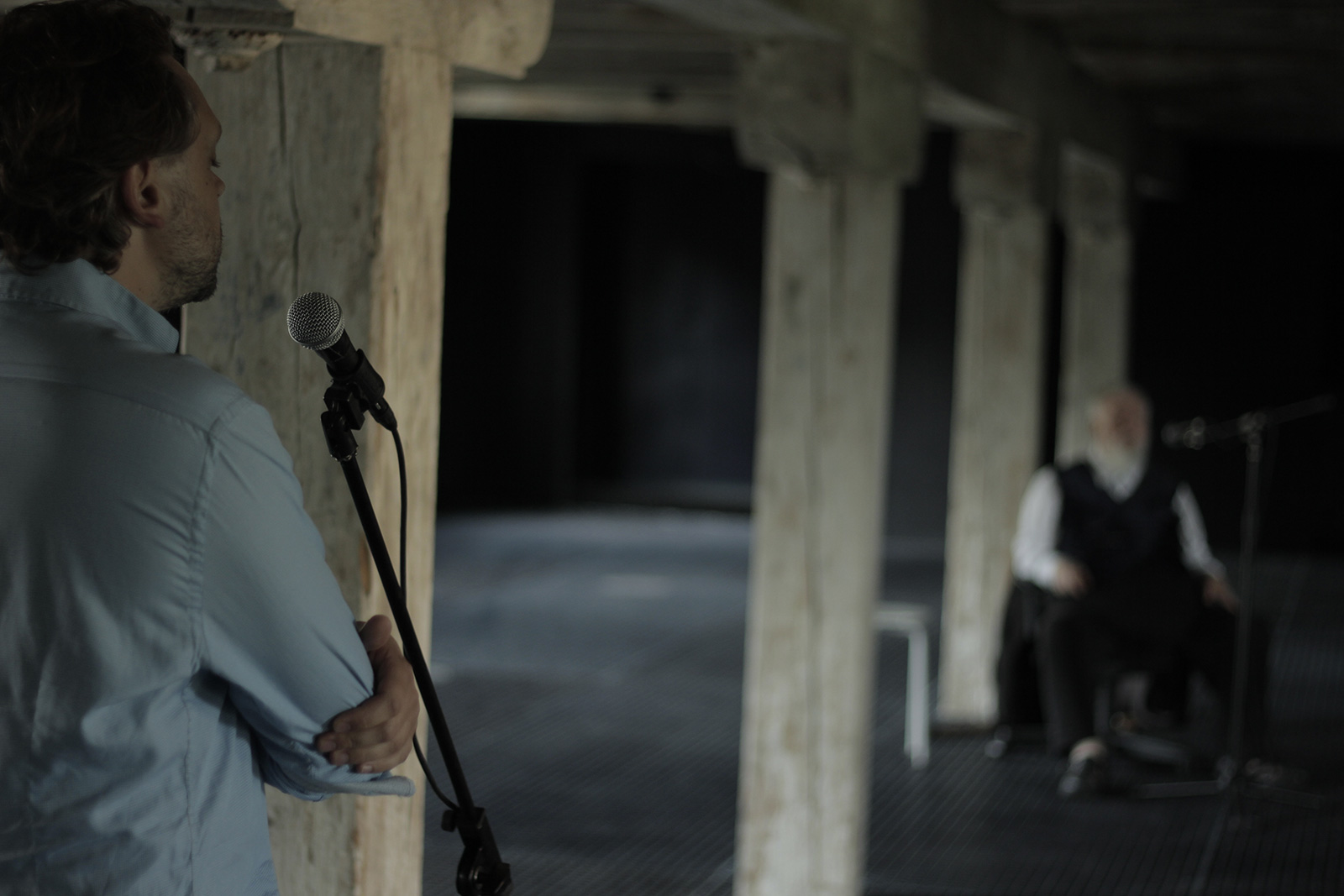
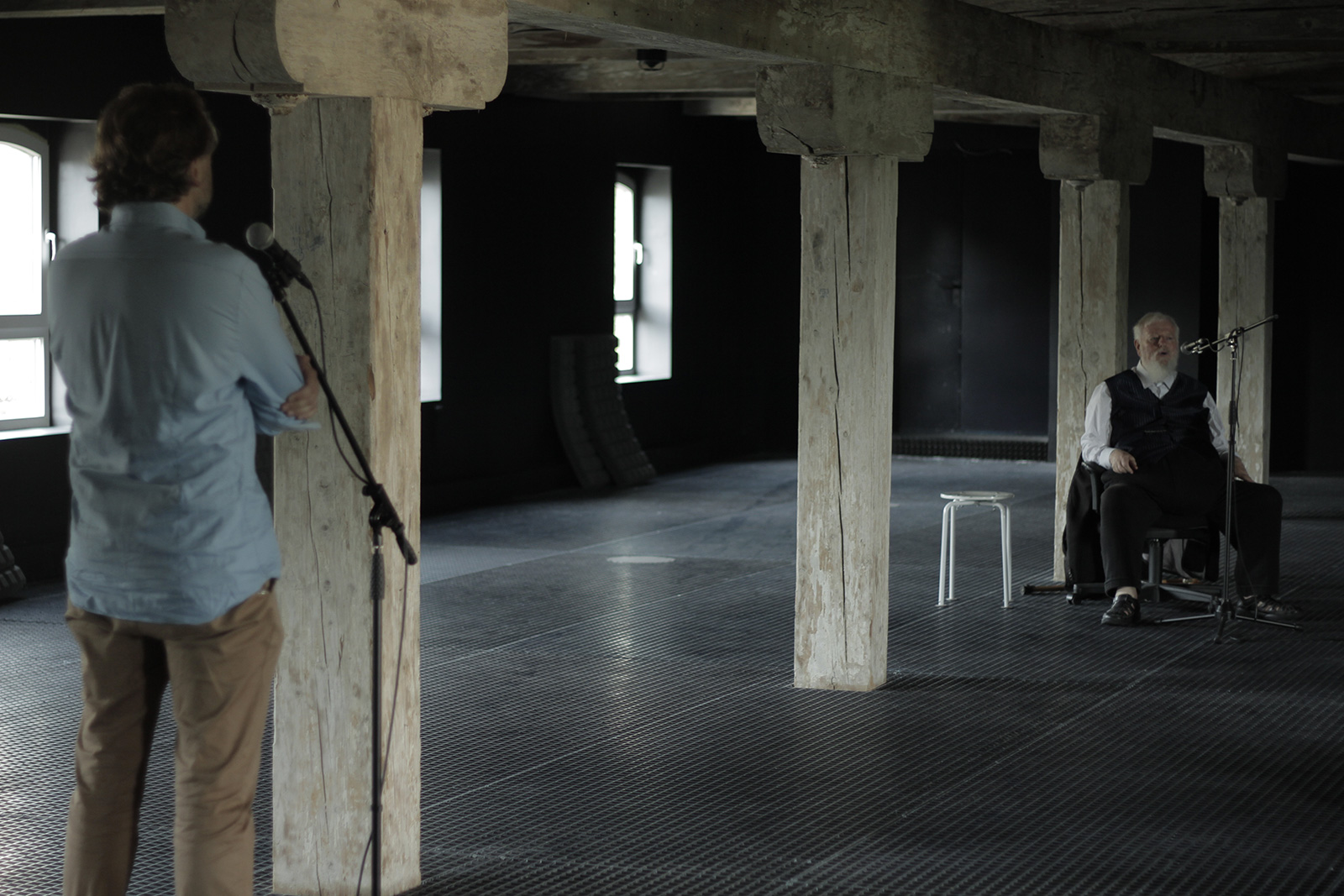
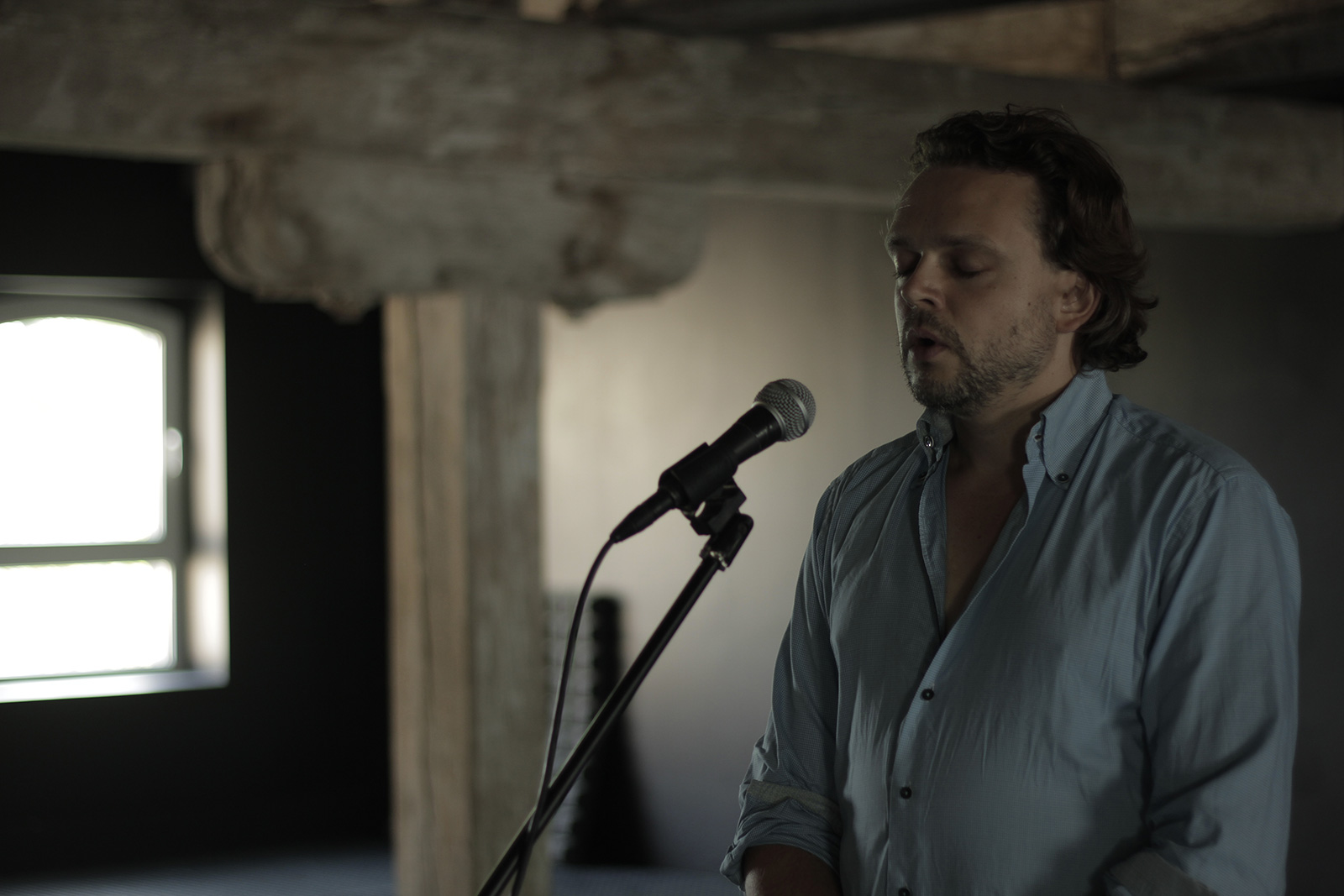
—
Related:
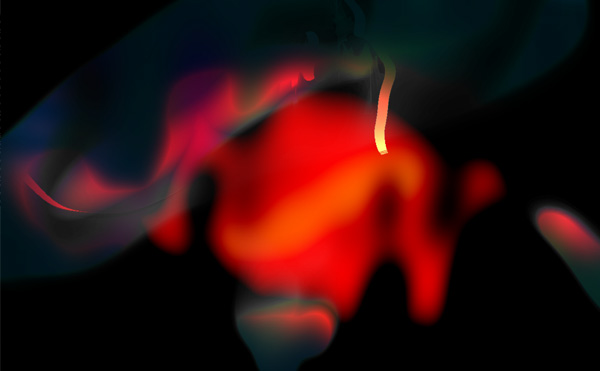 Learning to Listen Again (2017)
Learning to Listen Again (2017)